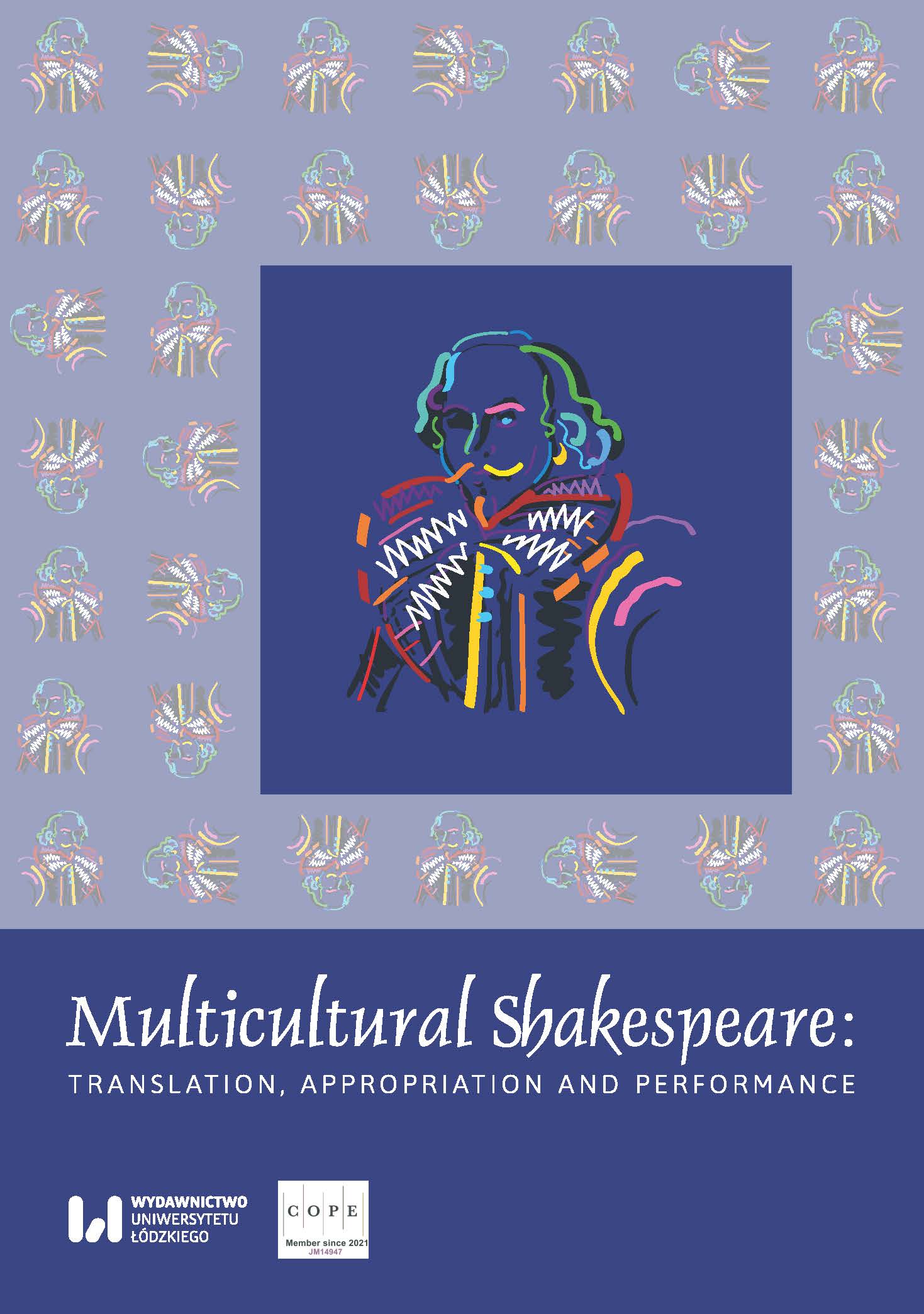Figuring Displacement: Spaces of Imagination in Early Modern and Postmodern Intertextual Transmissions
Figuring Displacement: Spaces of Imagination in Early Modern and Postmodern Intertextual Transmissions
Author(s): Adela MateiSubject(s): Language and Literature Studies, Studies of Literature, Theory of Literature
Published by: Wydawnictwo Uniwersytetu Łódzkiego
Keywords: A History of the World in 10½ Chapters; ecocriticism; Julian Barnes; multiculturalism; William Shakespeare; space; The Tempest
Summary/Abstract: This essay examines, ecocritically, geocritically, and comparatively, the metaphoric spaces represented in Shakespeare’s The Tempest and in Julian Barnes’ A History of the World in 10½ Chapters—seas, mountains, islands, jungle—to show that these spaces allow for different interpretations, yet they are spaces of individual imagination in both the play and the novel, suggesting transformation and metamorphosis. I argue that these literary spaces show a common feature of displacement, which allows human language to re-imagine other worlds—in literature and in visual arts. The spaces of imagination proliferated through Shakespeare’s The Tempest and Barnes’ novel have suffered a transformation in time and space, as they speak to past and present audiences and readers. The sea in Barnes’ chapter entitled “Shipwreck” symbolizes danger but also hope, as does the sea in the storm scene in Shakespeare’s The Tempest. The Mountain in Barnes’ eponymous chapter represents an isolated and inaccessible landscape on Mount Ararat, at the intersection of three cultures (Armenia, Turkey and Russia), but it also represents the biblical language of faith and hermitic isolation. Similarly, the island in The Tempest, which is—geologically—a mountain above the water, represents metaphorically the island of the mind. The jungle in Barnes’ chapter “Upstream” is a remote place in the forest on the Orinoco River, where Europeans and native Indians interact while making a movie; this movie is a work of visual art, represented in a novel; so is any one of the many productions of The Tempest, which reiterates the island’s imaginary space in various directorial interpretations. All these locations are metaphoric spaces of imagination, transmitted through different media, in which reality is transformed into literary representation by means of fictional description or theatrical action.
Journal: Multicultural Shakespeare: Translation, Appropriation and Performance
- Issue Year: 29/2024
- Issue No: 1
- Page Range: 81-94
- Page Count: 14
- Language: English

